Application of Forging Components
Nowadays, forging is a widely used manufacturing process. Forging components are equipped with excellent mechanical properties. They are free of porosity while maintaining complete flow line of metal. With these characteristics, forging parts come into widespread application in sundry fields.
Automobile & Truck
The superior strength and reliability of forged parts make them ideal for vital automotive and truck application. In this field, forged components are often found at points of shock and stress and dynamical system. For the former, the most usual products including wheel spindles, kingpins, axle beams and shafts, torsion bars, ball studs, idler arms, pitman arms and steering arms. As to the latter, connecting rods, transmission shafts and gears, differential gears, drive shafts, clutch hubs and universal joints are often listed. Although components used in this field are commonly forged from carbon steel or alloy steel, other materials such as aluminum and microalloyed steels are also applicable.
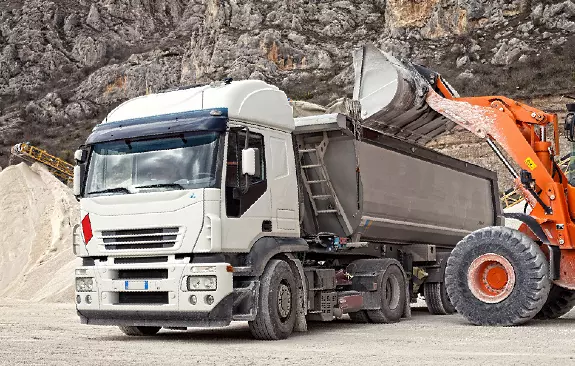
Agricultural Machinery & Equipment
Being Strong, tough and economical are also important for agricultural implements. Apart from engine and transmission accessories, there ate also various of forged components that applied in agricultural machinery and equipment. Based on different functions and fatigue life, forgings applied in agricultural field containing gears, shafts, levers and spindles to tie-rod ends, spike harrow teeth and cultivator shafts, shanks, clamps, couplings, assemblies, chains, augers, scrapers, protectors, guards and varied fasteners.


Valves, Fittings & Oil field
On account of excellent mechanical properties and nonporous feature, forgings are often associated with the high pressure application in valve and fitting industry. Corrosion and heat-resistant materials are used for forged flanges, valve bodies and stems, tees, elbow reducers, saddles and other fittings. In oil industry, rock cutter bits, drilling hardware, high-pressure valves and fittings are commonly made through forging process.
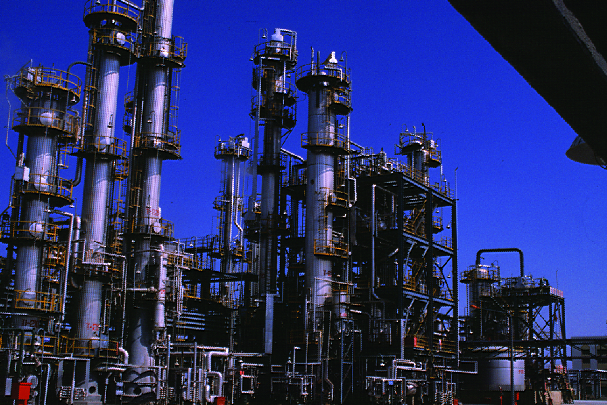
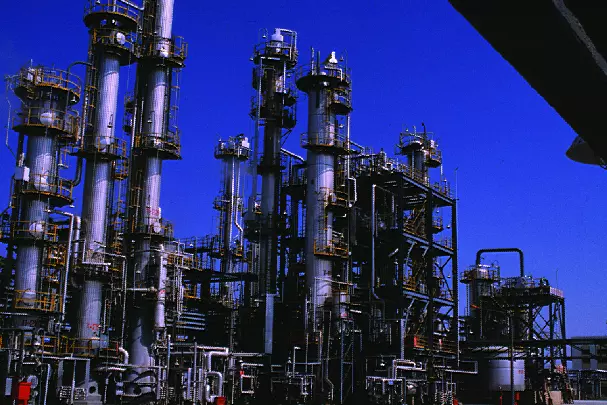
Hand Tools & Hardware
Forged has traditionally been the mark of quality for hand tools and hardware. Pliers, hammers, sledges, wrenches and garden tools, as well as wire-rope clips, sockets, hooks, turnbuckles and eye bolts are common examples. What’s more, most of surgical and dental instruments are forged. Special hardware for electrical transmission and distribution lines such as pedestal caps, suspension clamps, sockets and brackets are commonly forged for the great strength, dependability and anti-corrosion features of forgings.
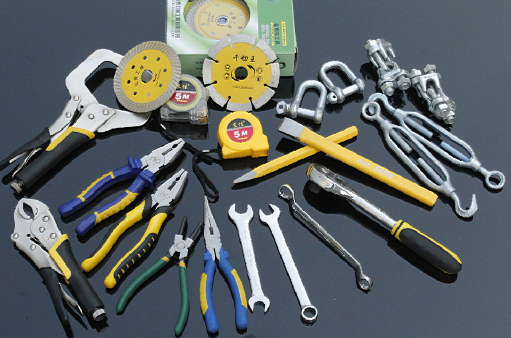
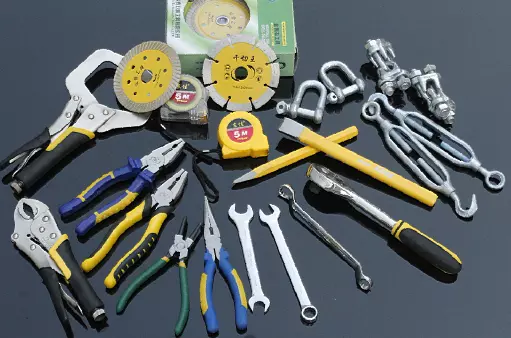
Off-highway Equipment & Railroad
Strength, toughness, machinability and economy lead to high-frequency application of forgings in off-highway and heavy-duty machinery such as construction equipment and mining equipment. Material handling system needs the involvement of forged parts as well. Forgings can be used for a wide variety of gears, sprockets, levers, shafts, spindles, ball joints, wheel hubs, rollers, yokes, axle beams, bearing holders and links.
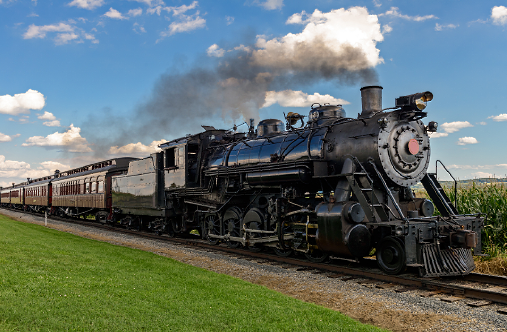
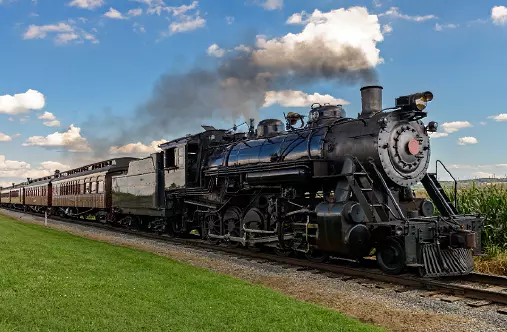
General Industrial Equipment
In industrial equipment and machinery, forgings are usually used by the steel, textile, paper, power generation and transmission, chemical and refinery industries to name just a few. Typical forged configurations include bars, blanks, blocks, connecting rods, cylinders, discs, elbows, rings, T's, shafts and sleeves.
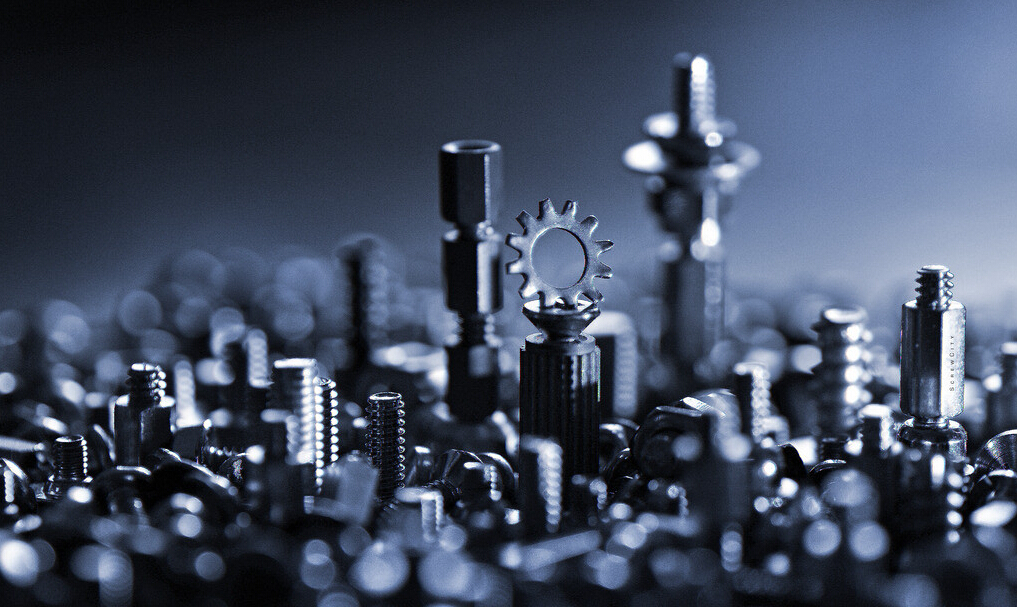

Ordnance & Shipbuilding
From rifle triggers to nuclear submarine drive shafts, forged accessories can be found in nearly every defensive implement. Heavy tanks, missiles, armored personnel carriers, shells and other heavy artillery are common defense-related applications of forged components.
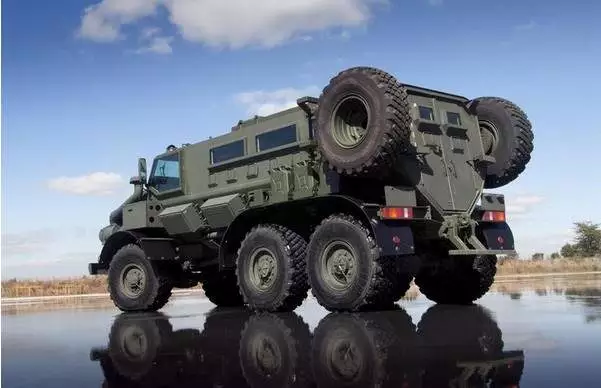
Aerospace
High strength-to-weight ratio and structural reliability can favorably influence performance, range, and payload capabilities of aircraft. Forgings are widely used in commercial jets, helicopters, piston-engine planes, military aircraft and spacecraft on account for its various materials include ferrous, non-ferrous and special alloy. A forging's versatility of size, shape and properties can make itself an ideal component. Forged bulkheads, wing roots, spars, hinges, engine mounts, brackets, beams, shafts, landing gear cylinders, struts, wheels, brake carriers, discs and arresting hooks are always presented with different types and features. In jet turbine engines, iron-base, nickel-base and cobalt-base superalloys are forged into components such as discs, blades, buckets, couplings, manifolds, rings, chambers and shafts.


